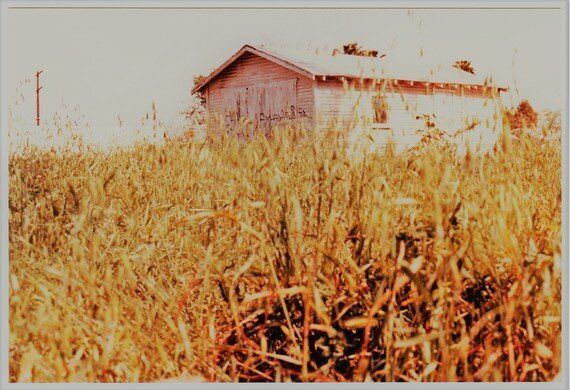With the passing of Glen Campbell last week, many writers and authorities are commenting on the supersonic hit written in a few hours by Jimmy Webb and recorded in one afternoon in 1968. It was an immediate hit and permanently lifted Campbell from the country music genre to being a far-ranging popular artist.

When I first heard The Wichita Lineman, aged about ten, I choked with emotion. The rawness of the lyrics, even though they couldn't have made a lot of sense to a child, did. Perhaps it was the key changes (F major juxtaposed against D major) that painted a haunting picture of loneliness and indescribable distances or the whining of Glen's tenor voice; or the improbable line, "I hear her singing in the wire".

California railways
When this was written, I was living out in California. We had moved from Washington State when I was a wee thing. Living in the suburbs of Seattle, I thought mountains were magic because I only ever saw Mt. Rainier on the very few occasions that the clouds parted and suddenly the peak was visible.
But etched in my mind is an incredible journey we took by car from Seattle to Los Angeles. The excitement when getting ready for a three day journey was palpable. On the way, we stayed with a friend of the family one night and these people lived, quite literally, in the middle of nowhere. Perhaps it was Oregon? Railroad tracks ran through the front garden. It was the only house for miles and miles and miles. I can still hear (and feel) the midnight train passing by.
The memory of those vast spaces haunts me to this day and are resurrected whenever I hear this recording.

Anaheim, California circa 1978
The Wichita Lineman was very personal for the man who performed it. It reminded him of the isolation of his chosen line of work and how far he lived from his family. The son of a share-cropper, he never complained of his upbringing or his humble roots and went on to become one of the most popular artists of his day.
All images copyright Lynn Houghton
